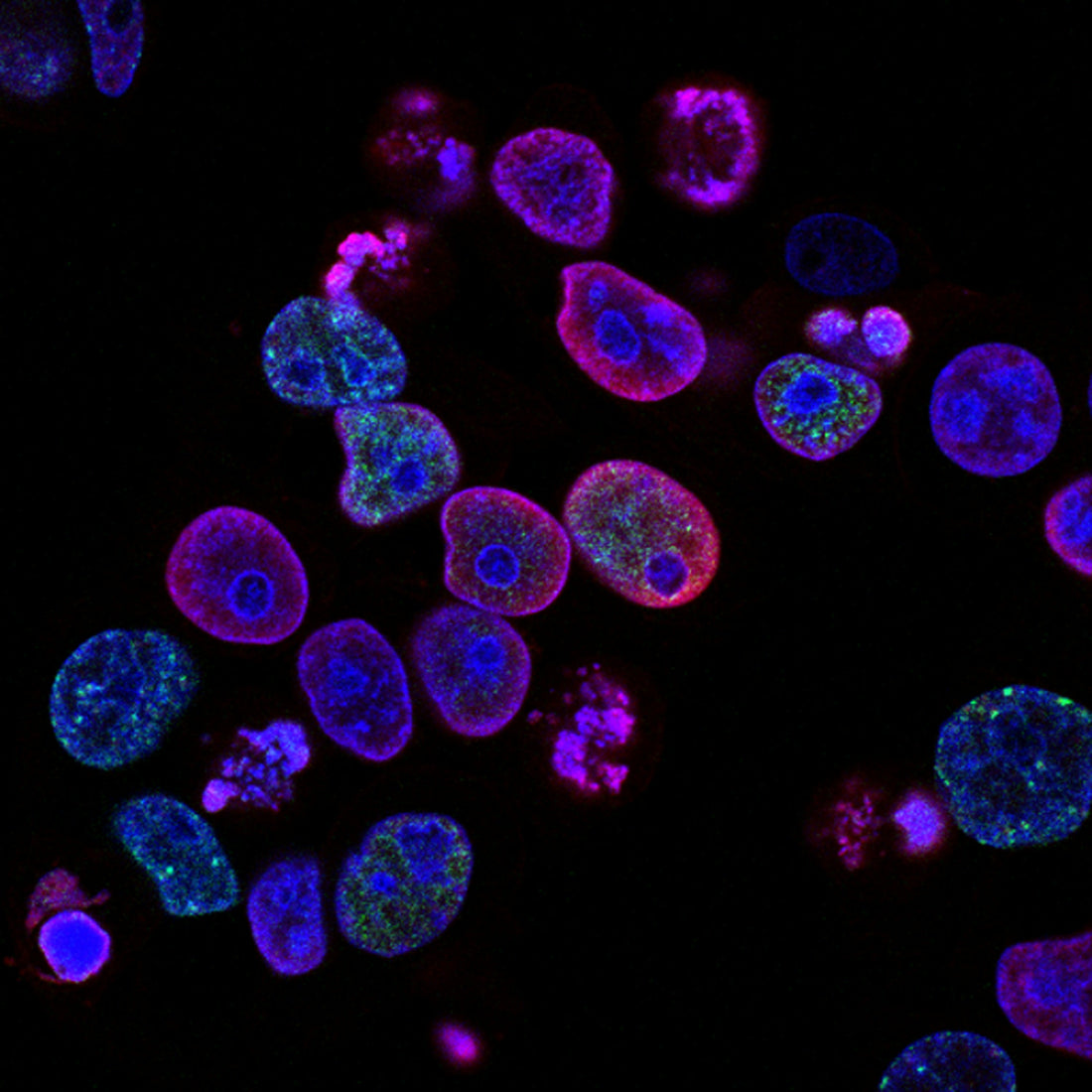
Revolutionary urine test reveals aging process insights
Share
Understanding aging through urine analysis
A groundbreaking discovery by researchers has led to the development of a novel urine test capable of detecting senescent cells. This significant advancement in health science could pave the way for new approaches to understand and potentially reverse aging-related degeneration.
The significance of senescent cells
Published in Nature Communications, the research highlights the crucial role of senescent cells in aging. These cells, known for their increased frequency in various organs during aging, contribute to tissue dysfunction and are linked to numerous age-related diseases. The accumulation of these cells is a natural defense against cancer, but their abnormal increase can expedite aging and affect tissue function.
Innovative probe for easy detection
The team, including experts from the Universitat Politècnica de València and Universitat de València, has developed an innovative probe. When injected into mice, it reacts with an enzyme abundant in senescent cells, producing a fluorescent compound detectable in urine. This allows researchers to measure the senescent cell burden in the organism effectively.
Link between cellular senescence and anxiety
The study also explored the effects of senolytic drugs, which target and eliminate senescent cells, potentially rejuvenating tissues. The researchers observed a correlation between the urine signal's intensity and the reduction of senescence and age-related anxiety in the animals.
Implications for human health
This discovery opens new avenues for understanding the aging process and its health impacts. The team's findings suggest potential for developing effective strategies to address age-related issues and pave the way for urinary treatments targeting cellular senescence in humans.
Conclusion
The innovative urine test for detecting senescent cells marks a significant step forward in aging research. Its potential to reveal the complexities of aging at a cellular level offers hope for new strategies to manage and possibly reverse age-related health challenges. As research progresses, this technique could become a vital tool in the quest for longevity and improved quality of life in our later years.